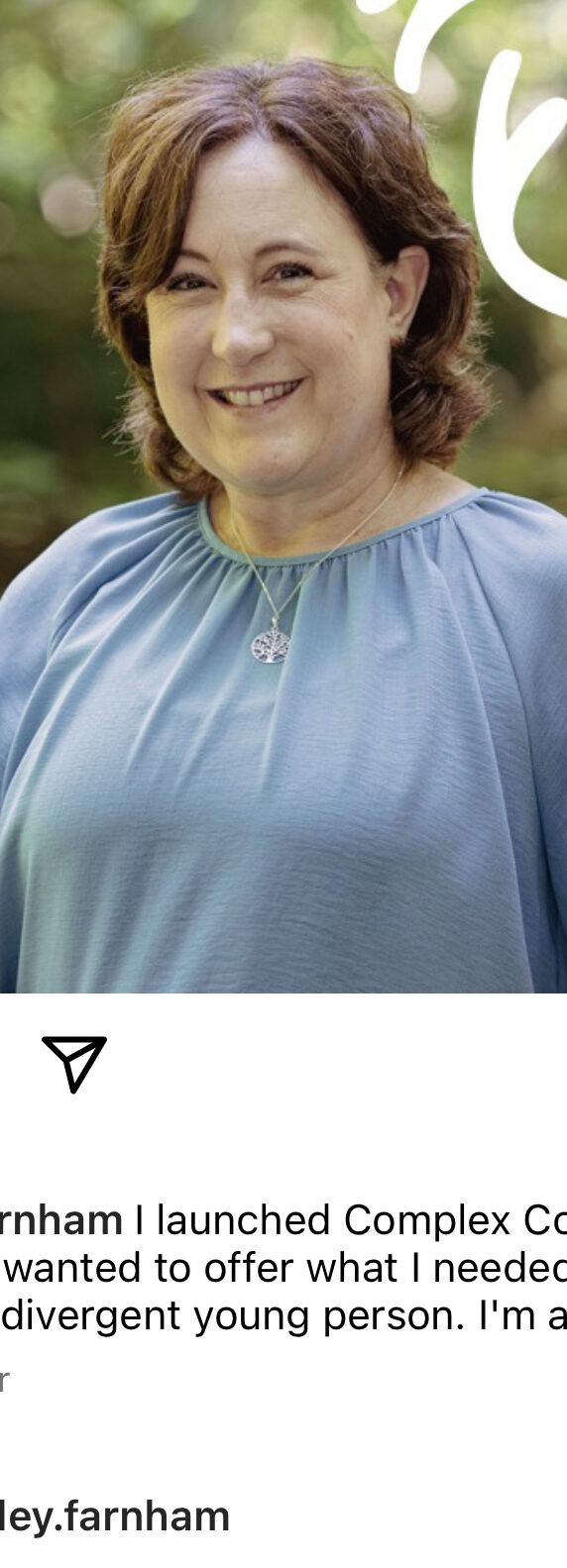This is the first of 3 short blog posts encouraging Year 2 teachers (Primary 3 in Scotland, 1st Grade in many other countries) to now put aside all other end of year maths assessments and consider instead if children have the critical numeracy ability to mentally add two 2-digit whole numbers together without any stopping to find number fact totals.
This isn’t the same as checking to see if students can add two 2-digit whole numbers using pen and paper column methods. That method provides too much thinking time and visual scaffold to give the solid numeracy foundation for next year’s high-level progression. What we are really interested in is checking if each child can look at a 2-digit add 2-digit equation and immediately add the tens. Knowing 50 + 80 is 130 should be just as quick as knowing 5 + 8 is 13. And knowing 5 + 8 is 13 should be instantaneous, with no internal counting or reorganising occurring, however quick.

Obviously, the adding of the ‘ones’ total should be instant too, as another 1d + 1d fact is recalled. Similarly, the adding of the 2 part-totals should also be an automatic process with no conscious cognitive procedural parts being visible.
Our real interest now though is that the two part-totals aren’t recorded, and that the entire procedure is happening with ‘total fluency’ and is purely mental.

To properly check this ability requires a fixed short time limit for each 2-digit add 2-digit question and with questions repeated at pace. It also needs to be thoroughly assessed at the individual level. Students that are part of a successful group check (for example, the group holding up mini-whiteboards) leaves the door open to children hiding their lack of total fluency behind the cover of overall success at the group level.
Technology can play a key role here, although it is only through a carefully structured online programme that such a tight questioning structure can easily be used to complete the screening and provide teachers with a precise gap-analysis of factual recall and procedural parts that are missing this total fluency.









